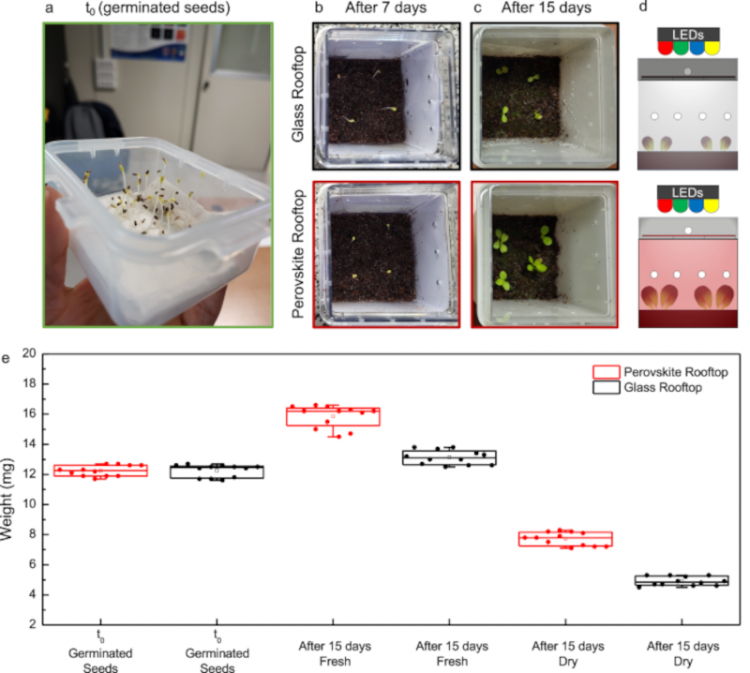IMM Headquarters
IMM Headquarters (HQ) in Catania are structured on three different sites, all located within the Zona Industriale (Industrial Area) of Catania: the offices, located in a building close to STMicroelectronics plant, the labs, embedded within STMicroelectronics plant, and the SiCilab, located in the ETC premises.
The permanent staff includes 17 Researchers, 15 Technician/Administrative personnel units, while the temporary staff includes 11 post-doc and 5 PhD students.

The research activities of IMM HQ are spread over the areas of Micro-Nanoelectronics, Functional materials and devices and Photonics. In particular, the activities on Micro-Nanoelectronics are focused on power electronics, including the development of processes and materials (SiC, GaN) for power devices, and are strongly linked with STMicroelectronics research programs in Catania. IMM HQ has also recently participated to three major projects, funded by the European Regional Development Fund (ERDF) and involving STMicroelectronics, on photovoltaics (ENERGETIC), sensors for health applications (HYPPOCRATES) and flexible electronics (PLAST_IC). The activity on Functional materials and devices are focused on the development of sensors for different applications: biosensors (proteins, DNA, blood oxygenation, water pollution); environmental monitoring (gas sensors, pressure sensors); UV and particle detectors based on SiC devices; cell manipulation. The activities on Photonics are mainly concentrated on photovoltaics including: improvement of electrical stability of amorphous/microcrystalline silicon solar cells, development of SIPOS/Si heterojunction solar cells and materials for light trapping. Particularly relevant in this field is the collaboration with 3Sun.

IMM HQ research activities are supported by a micro/nanofabrication facility, hosted in a class 10 clean room (100 m2), and by a wide range of characterization tools. Among the characterization facility, particularly relevant is the electron microscopy lab, consisting of three TEM microscopes including the advanced JEOL ARM200F microscope, with sub-angstrom resolution. IMM HQ is also very active in advanced materials deposition and characterization for micro/nanoelectronics, sensor and PV applications. All the research activities benefit of a strong theoretical modelling support, which spans from process and device simulations, transport, structural and optical properties in two-dimensional materials, novel materials for PV and biomedical devices.

Director

Vittorio PRIVITERA is Director of the Institute for Microelectronics and Microsystems (IMM-CNR) since July 2020. He has been Research Director at the Italian National Council of Research (Institute of Microelectronics and Microsystems, CNR) and Section Head of the IMM Catania (University) Unit. His current research is focused on the application of functional nanomaterials to water purification. He was a member of the project management committee of several European Projects (ENDEASD, FRENDTECH, IMPULSE) in the field of nanomaterials and nanoelectronics. He was the Coordinator of the European project “Fundamentals and applications of laser processing for highly innovative MOS technology” (FLASH) and of several national projects. More recently, he has been the Coordinator of the European Coordination Action “Winning Applications of nano Technology for Resolutive hydropurification” (WATER), granted with 4 M€ to the IMM Catania (University) Unit within the VII FP. He is author of 225 publications in international scientific journals, delivered several invited talks at international conferences, won 4 awards at national and international conferences and chaired three international conferences (E-MRS Symposium 2001, IEEE-RTP 2007, IEEE-NMDC 2014). He was a member of the Doctoral Examination Committee at the University of Oslo (Norway) and at the Delft University of Technology (The Netherlands), and is project evaluator of H2020.









